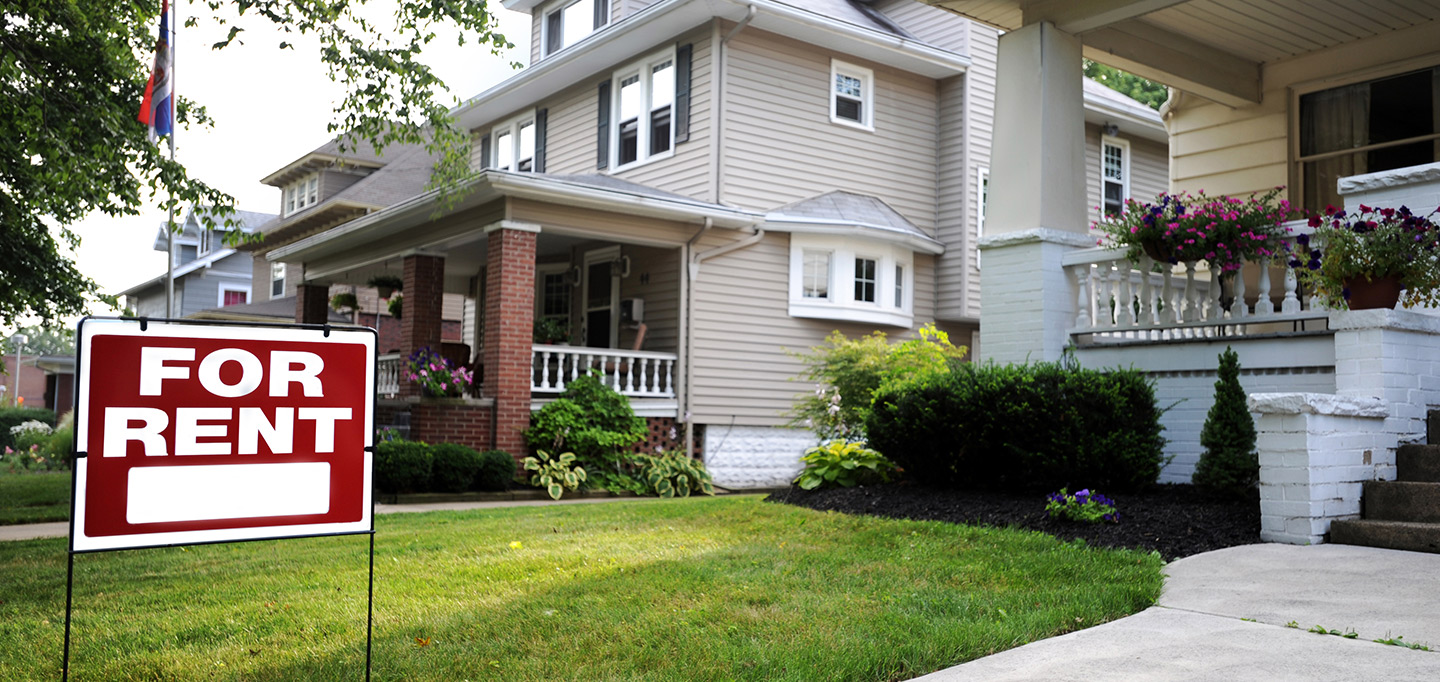While you don’t need to be a mathematician to be an investor, some basic math is required to help ensure you’re investing your hard-earned money into profitable, revenue-generating properties. Whether you’re considering purchasing a new property or assessing the revenue generated from the ones you already have in your portfolio, there are a few formulas and rules you can utilize. Keep in mind that there are numerous factors to consider when evaluating a property’s potential, like location and neighborhood, and the following are simply general rules of thumb.
Return on Investment (ROI)
The ROI measures how much money is made on an investment, factoring in the associated costs. In other words, it determines whether the property’s expenses are efficiently generating profits. Here’s the formula: divide the net profit (or net gain) by the cost, including the down payment, recurring expenses and any repair or maintenance costs. Depending on the result of your calculation, you can determine whether you should invest additional money into this property. Remember, the higher the ROI, the better.
One Percent Rule
If you’re analyzing the profitability of a rental property specifically, the one percent rule can also be valuable. According to the one percent rule, the gross monthly rent before expenses should equal at least one percent of the purchase price. In other words, a property should rent for at least one percent of its total upfront cost, including the purchase price, closing costs, repairs, etc.
Using this as a guideline, a $100,000 property should bring in at least $1,000 in monthly rent; a $200,000 property should bring in at least $2,000 in monthly rent, and so on. If a property passes the one percent rule, it’s worth investing in.
Annual Gross Rental Yield
The annual gross rental yield will give you a quick snapshot of the property’s potential if you were to pay 100% cash without ongoing expenses. To determine the annual gross rental yield, first multiply your monthly market rent by 12, which equals the rent money you would bring in annually. Now, take the gross annual rent and divide it by the market price of the property, and you’ll have your annual gross rental yield.
Cap Rate
Cap rate is the ratio between a property’s net operating income and its purchase price. In other words, it’s a property’s net income as a percentage of its market value. To calculate the cap rate, divide your net operating income by the purchase price and multiply by 100 percent. This will leave you with the actual bottom line annual profit.
Cash-on-Cash Return
The cash-on-cash return is usually used to calculate the rate of return on an investment rental property financed through mortgage or loan. It’s the ratio of the property’s annual net operating income and the total amount of cash invested into the property. You can calculate it by dividing the annual cash flow generated by the total cash invested and multiplying it by 100%. This is your rental property’s rate of return.
Which Formula Should You Use?
As you can tell, each formula gives you a slightly different analysis of the revenue generated by a property. Assess what you’re looking to find out before utilizing a formula, as the ideal calculation depends on the specific information you’re looking for.
Ready to find what might be your next profitable property? Start searching today!
The information contained in this blog post does not constitute investment advice and is not intended to be a source of financial counsel or analysis.









